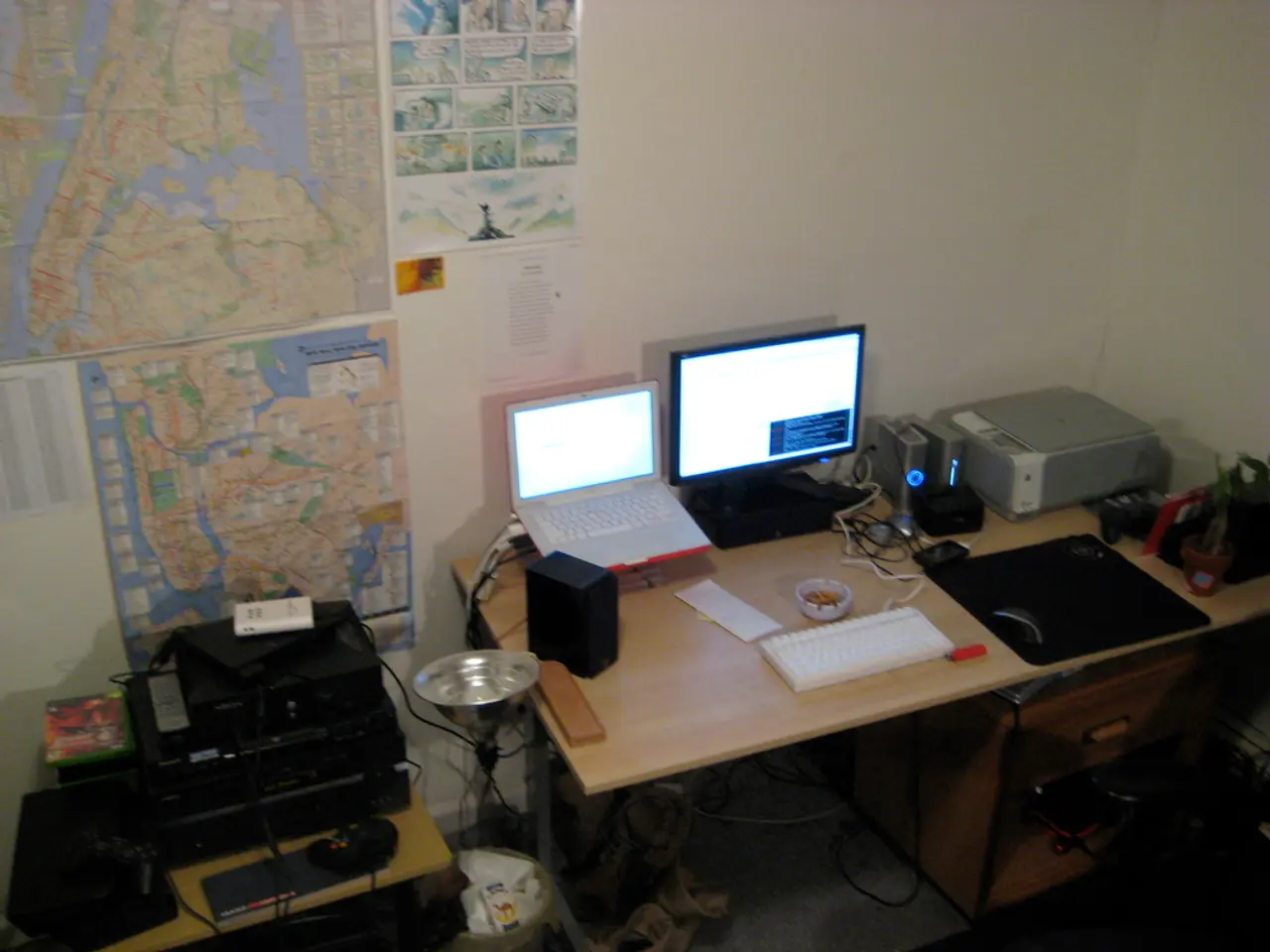Anticipated Outcomes Following the Order of Printed Circuit Boards
In the world of electronics manufacturing, altering a PCB design after placing an order is a common occurrence. Here's a step-by-step guide on how this process unfolds.
During the Design for Manufacturing (DFM) stage, engineers meticulously check for potential issues such as incomplete design files, trace-width and spacing violations, open traces, drill to copper, and solder mask infringement. If any discrepancies are found, the team collaborates with the client to make the board manufacturable.
The process of PCB manufacturing involves converting design files into a physical circuit board. Important design files for this process include Gerbers/ODB, IPC netlist, NC drill file, and fabrication drawing. These digital blueprints contain layer-by-layer details required for manufacturing.
Once the design data is reviewed for manufacturability, the assembly process begins. This involves securing the fabricated bare boards, baking them to remove moisture, applying solder paste, placing components, and various soldering processes. The completed board undergoes X-ray inspection, especially after single- or double-sided ball grid array or micro-BGA installation, to ensure integrity.
If the BOM (Bill of Materials) is out of date, it may need to be updated with the most recent design information. The BOM contains the list of components and their specifications required for assembly, including the manufacturing part number, vendor part number, part quantity, value, do not install parts, reference designator, footprint, etc.
In case the cost of components is not reasonable, the engineering team may suggest part substitutions or design adjustments to incorporate preferred components. The Design for Assembly Handbook provides recommendations for layout of components, common PCB assembly defects, and factors that impact the cost of the PCB assembly, including component packages and board assembly volumes.
If changes are needed to the design post-order placement, the customer should contact their account manager, and the order will be placed on hold. The new design data will be analyzed, and changes will be incorporated if the job is in a stage where the change can be implemented.
Modifying a PCB design after placing an order typically involves a review and change process where the manufacturer assesses the scope of the requested changes. If the modification is minor, such adjustments may be done free of charge. However, significant changes usually require a reassessment of pricing and timelines because they could involve rework or new tooling.
Some manufacturers support design change orders (ECOs), allowing engineers to electronically review, approve, or suggest modifications to complex board layouts and mechanical constraints. This improves communication and reduces errors during revision. Using formats like STEP or ProSTEP enables clear communication between PCB and mechanical engineers, helping to implement design changes effectively.
In summary, modifying a PCB design post-order entails an evaluation of the requested changes, potential pricing/time adjustments for significant modifications, and often the use of engineering change order processes and collaborative software tools to implement and track the revisions. This ensures that the final product meets the client's requirements while maintaining the highest standards of quality and efficiency.
- The meticulous check during the Design for Manufacturing (DFM) stage includes screening for potential issues such as incomplete design files and trace-width and spacing violations, all of which relate to the technology used in PCB design and manufacturing.
- If modifications are needed to the design post-order, the change process often involves the use of technology like design change orders (ECOs) or collaborative software tools, which improve communication and reduce errors during revision, reinforcing the role of technology in facilitating efficient and precise design adjustments.




